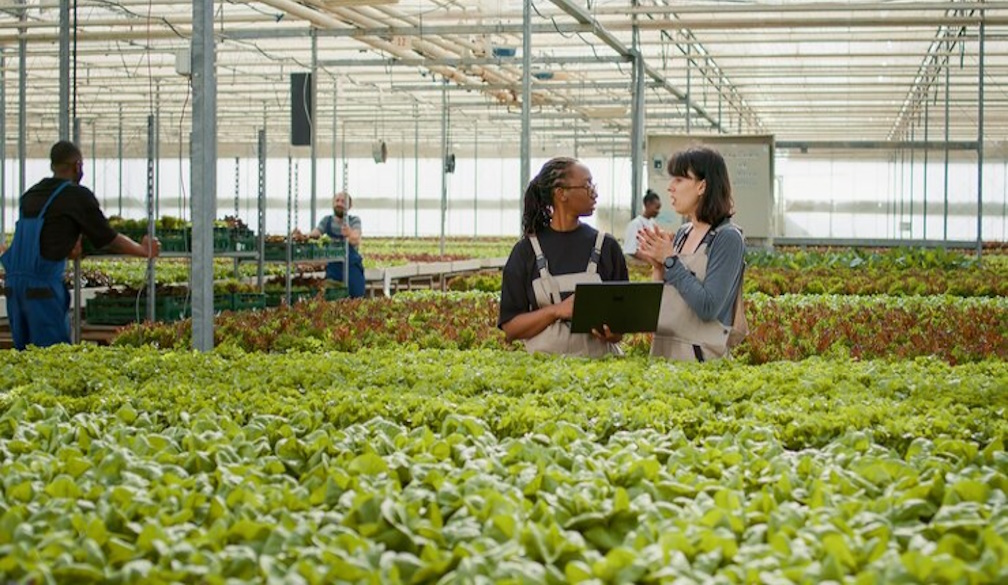Precision Agriculture: Leveraging Technology for Enhanced Crop Yields and Efficiency

The world population is on the rise and expected to reach 9.3 billion by 2050, which will require a 60 percent increase in food production. The ecological impact of farming could be reduced, and the industry recognizes the need to continue to produce food efficiently and sustainably. Advancements in agriculture technology are vital for agribusinesses to see increased yields and efficiency. Agriculture experts predict that precision farming is on the rise and plays an important role in continuing to feed the world. Let’s explore what precision agriculture is and how its technologies are making a positive impact on farms worldwide.
What is Precision Agriculture?
Precision agriculture, simply defined, collects, processes, assesses and utilizes data for informed on-farm decisions. This often looks like technologies used to apply precise amounts of fertilizer, water and other inputs. Traditional farming methods would apply fertilizer, water and other inputs uniformly, which could be a waste of resources. Another way to define precision agriculture is as a method of making farming more accurate and controlled. Investing in the technologies that utilize precision agriculture can be expensive for farmers. Despite the cost, agriculture experts recognize that precision agriculture innovation is on the rise and continuing to evolve. Experts see that adoption of precision ag is influenced by farmers being able to see the benefits and ROI of these technologies.
What technologies are used?
Technologies are continually emerging that utilize precision agriculture principles. Some examples of technologies used today are variable rate technology (VRT), GPS soil sampling and remote sensing technologies. VRT utilizes maps or sensor-based systems to apply inputs at varied rates. This technology utilizes sophisticated computer systems on tractors that can vary the rate of inputs during operation. GPS soil sampling goes hand in hand with VRT because the information gathered from soil sampling allows farmers to make informed decisions on inputs needed on their farms with precise locations. Remote sensing technologies are used on farms to gather a variety of information, including soil compaction, soil water availability, leaf temperature, leaf area index, plant water status, local climate data, insect disease infestation and more. These sensors also have water sensing capabilities that help farmers with irrigation scheduling and water management.
What are the benefits?
The benefits of precision agriculture technologies include increased profits, increased yields, reduced application of crop inputs and environmental benefits. Precise application of inputs saves money by not over purchasing or overusing inputs. These technologies increase yields because plants are given optimal growing conditions by assessing their exact needs and responding accordingly. The environment is benefited because less chemicals are needed, which prevents runoff. Additionally, these precision ag technologies manage water more efficiently, which is important when water scarcity is a concern in the industry.
Final Thoughts
Precision agriculture is revolutionizing the industry today by increasing yields and efficiency. Like with any new technology, precision ag does not come without its challenges, including high acquisition costs, farm data sharing and lack of standards. Innovators, agribusinesses and farmers must navigate these challenges carefully in the coming years. Feeding the world is no simple task, but the possibilities of precision agriculture technologies hold promise for the future.







